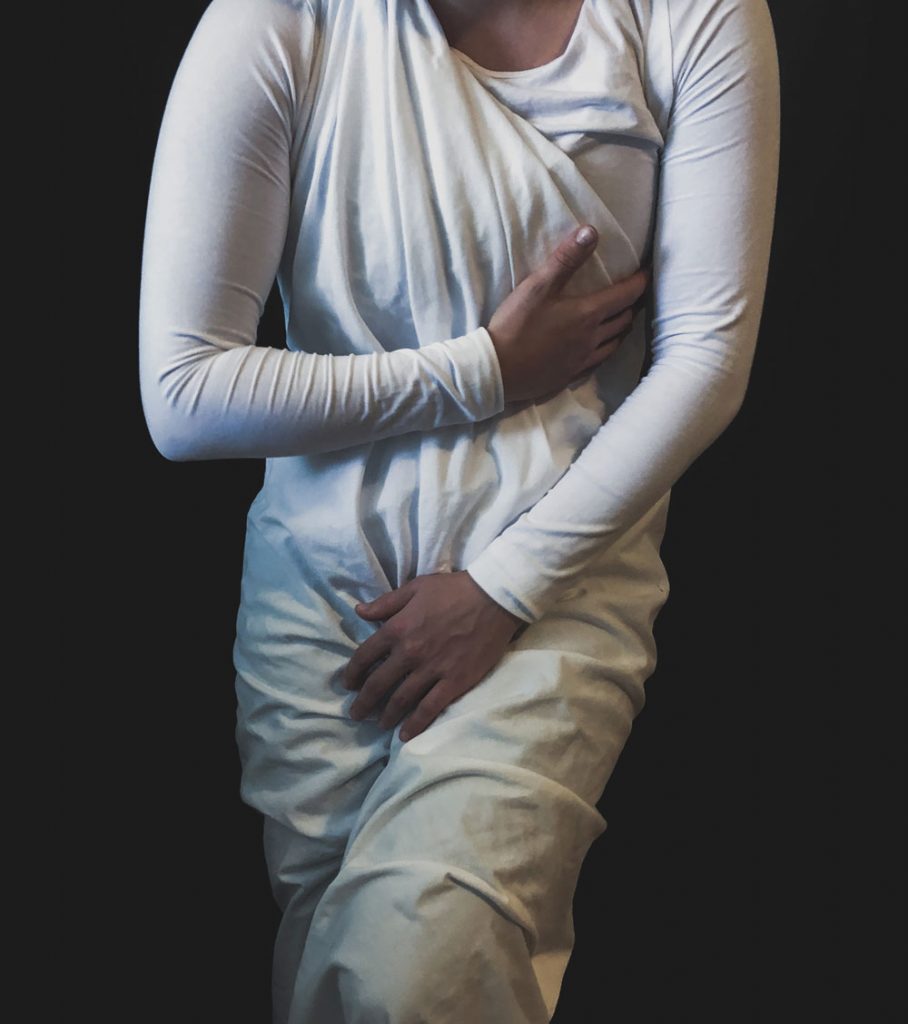
| Submitted by: | Janan Assaly |
| Department: | History & Classics |
| Faculty: | Arts |
Lust and sensuality, the eternal image of nude Venus, an ancient iconography reimagined in the most treasured Western artworks. Important to understanding the power of her image, is an understanding of her iconographic development. In Classical art, Venus was depicted fully clothed, however this changed after her first nude portrayal. Initially a shocking exposure to the ancient viewer, it was quickly embraced as her norm. As iconography was highly intentional, a display to be interacted with by viewers and understood through a mosaic of symbols, her meaning changed with this modification. Interesting, then, are the fully-clothed iconographies of Venus which emerged in the ancient world after the genesis of her nude image. How did these images interact with their viewers? I examine this reinvigoration of dress to determine how clothed forms of the goddess were, and are, understood. My image juxtaposes the infamous pose of Venus Capitoline, delicately shielding her nudity, with the heavy drapery of a Roman woman. It asks the viewer to challenge traditional symbols of eroticism against the nonsexual, and to question the implications of these motifs and how viewership informs them.
